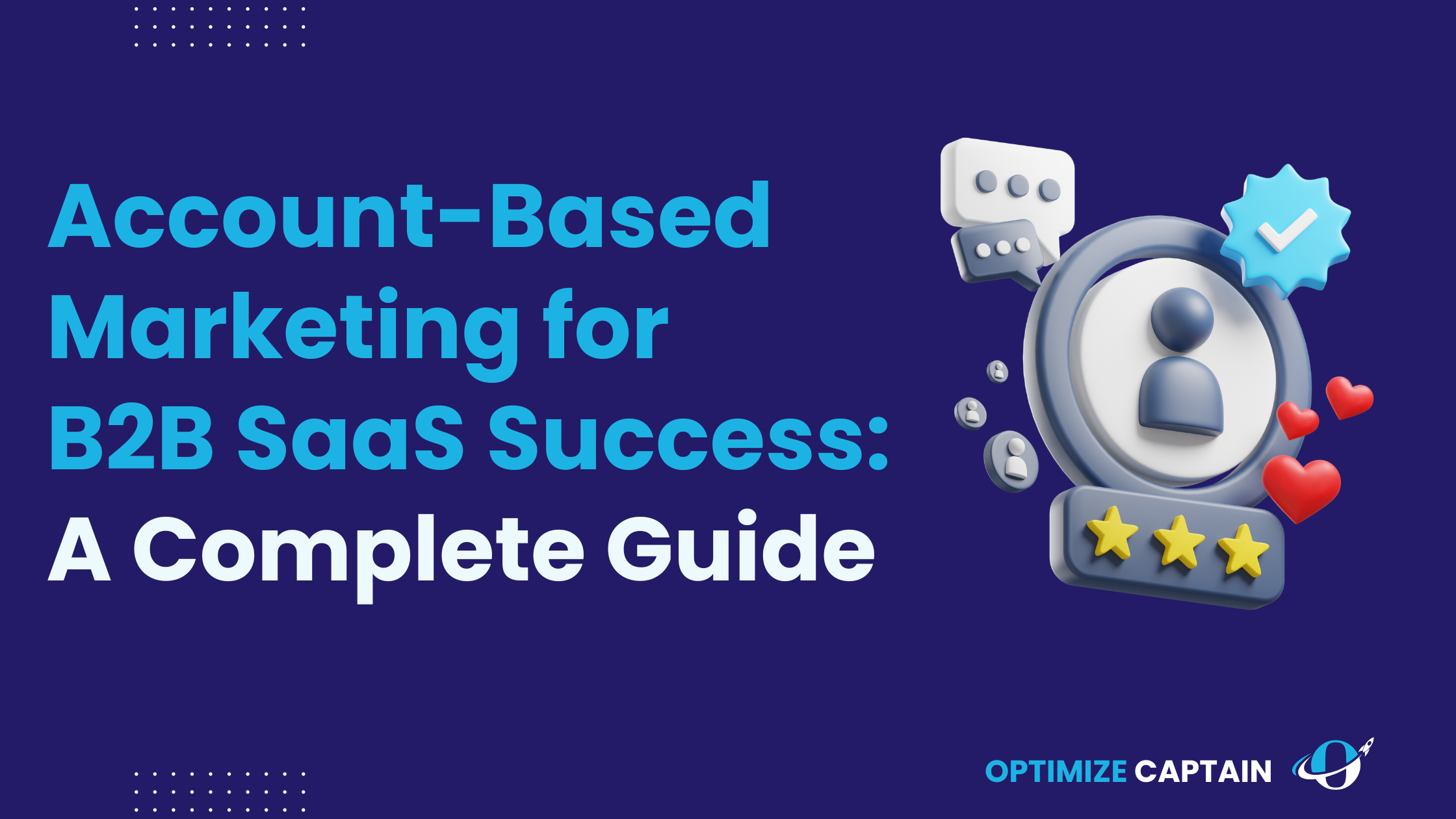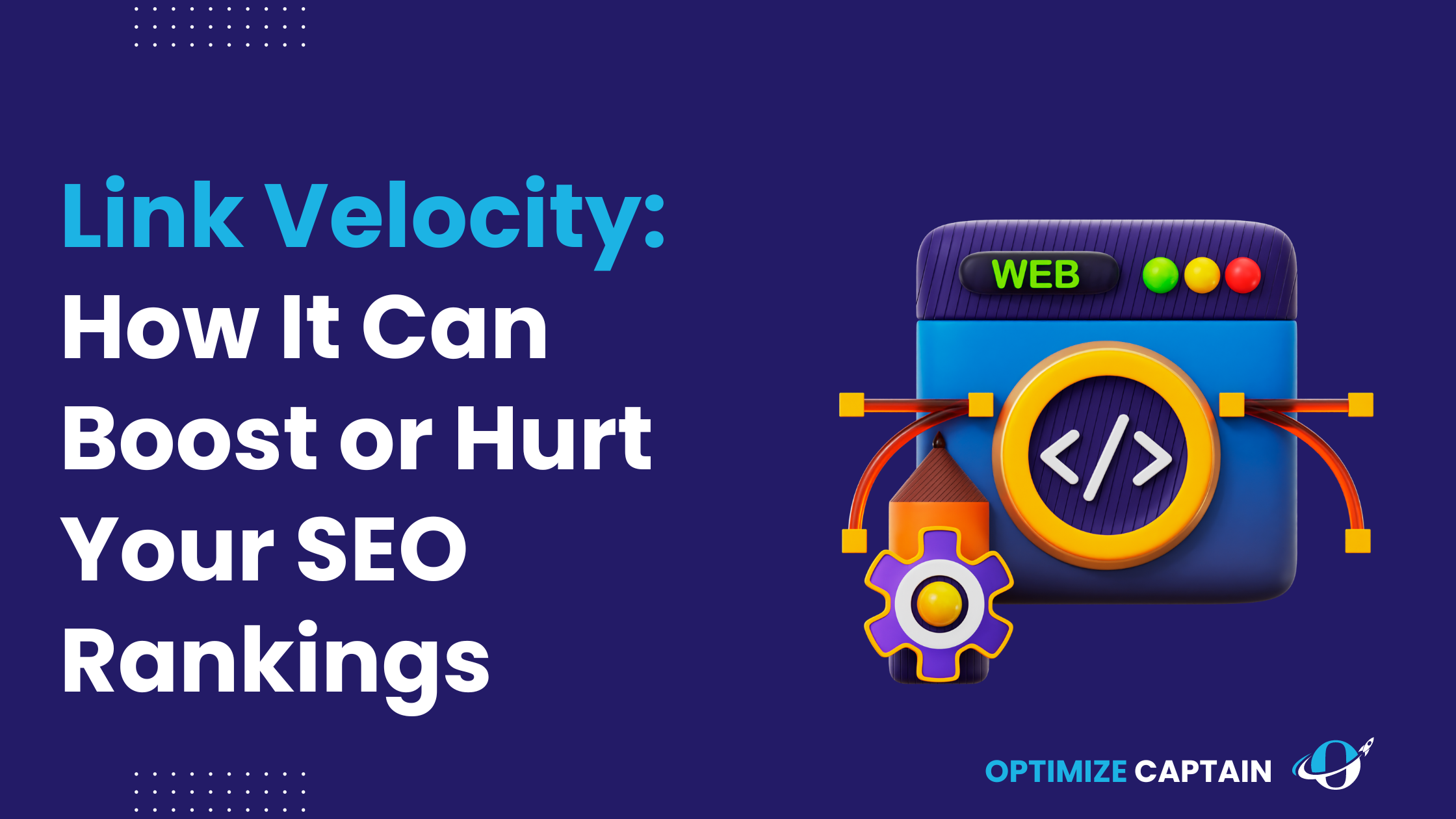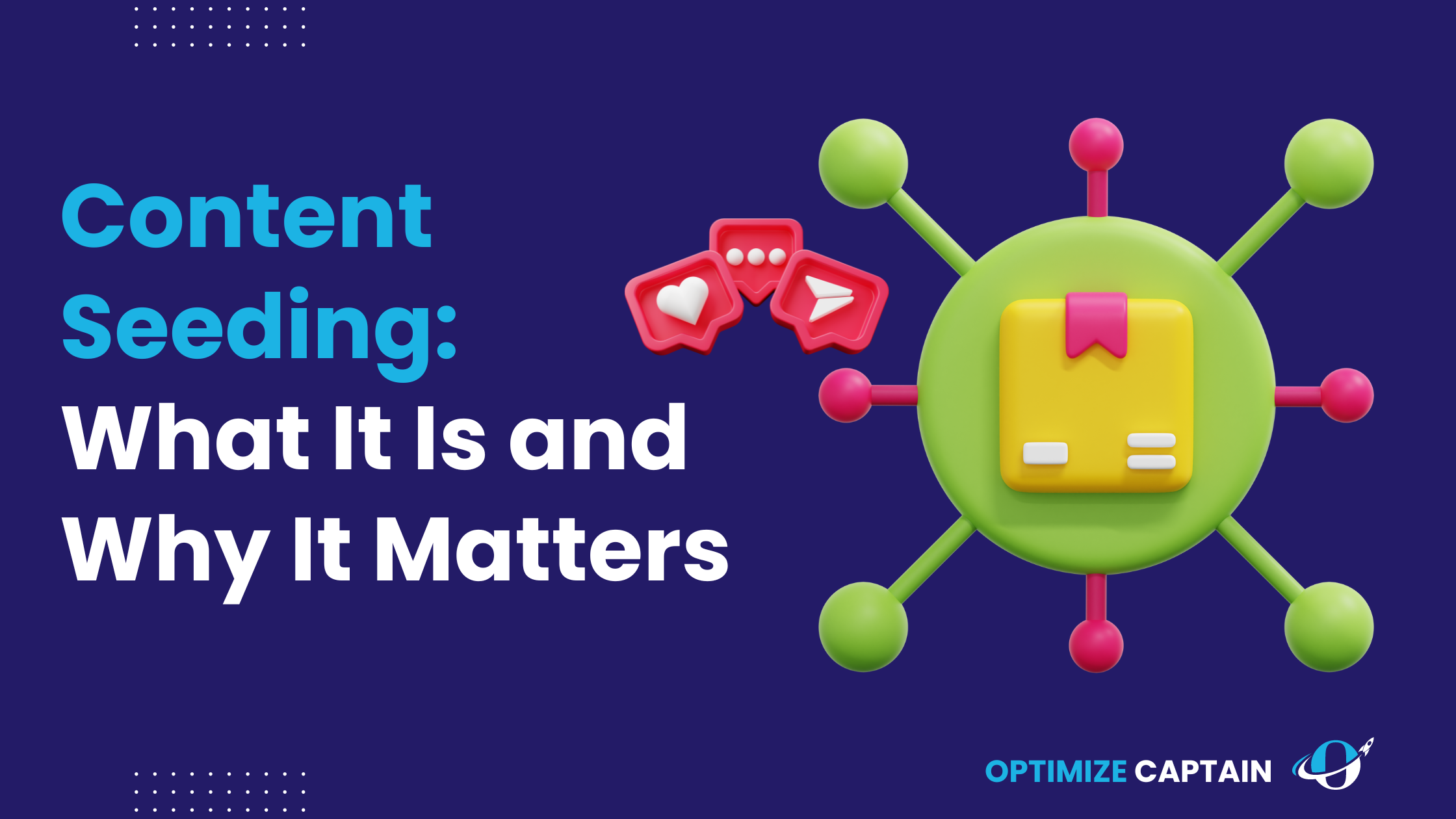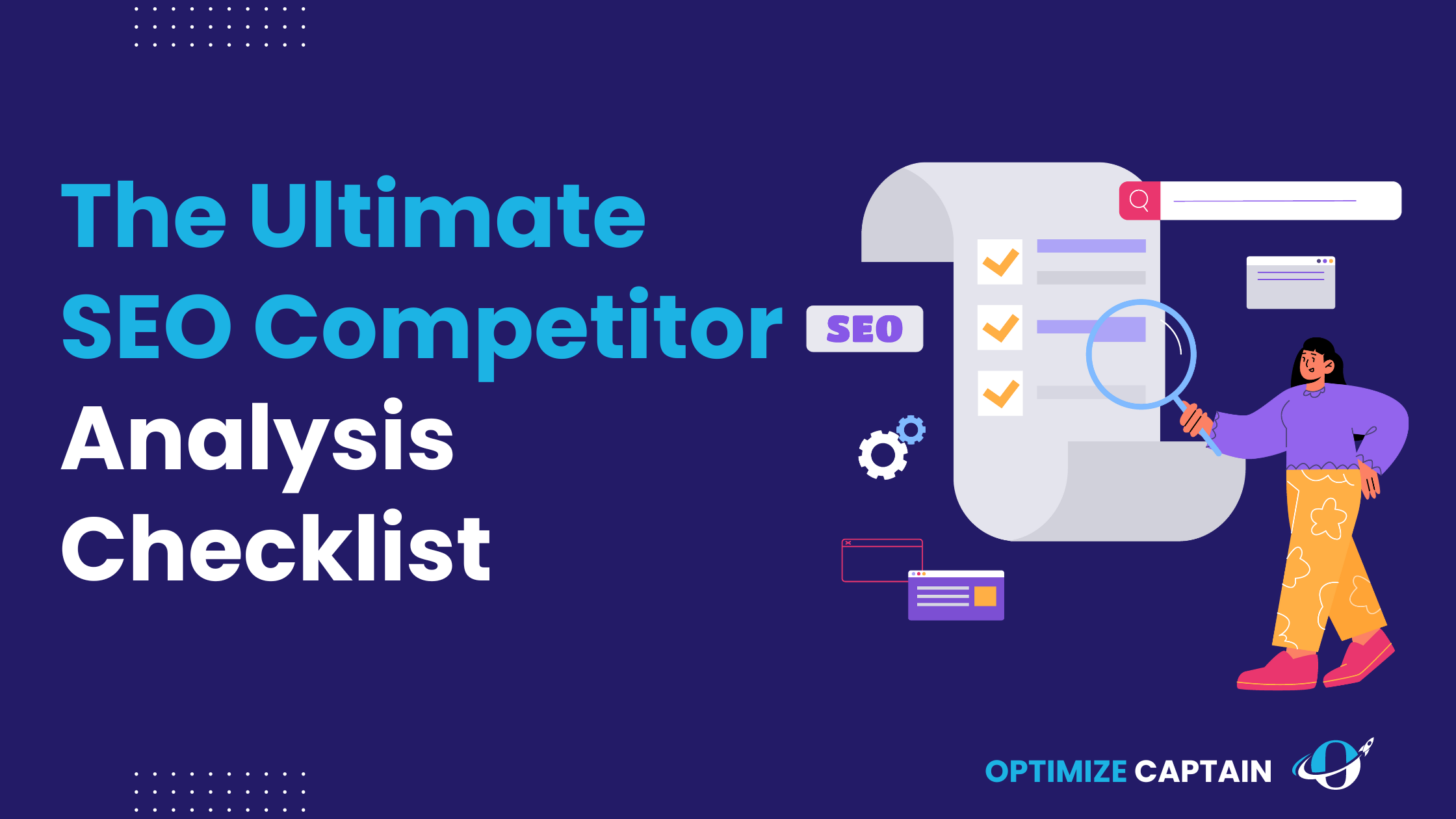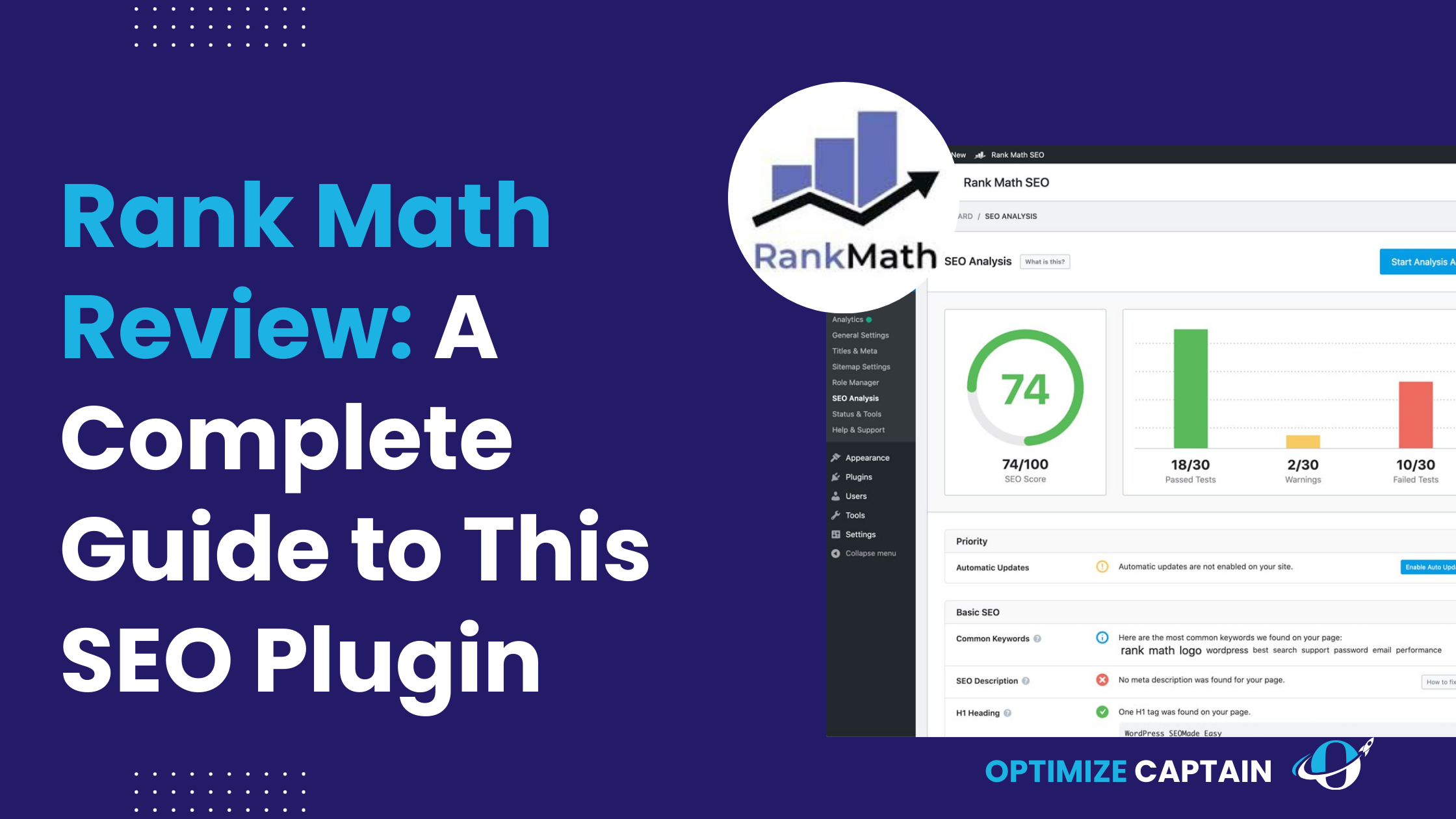Account-based marketing (ABM) has revolutionized how SaaS companies target and engage high-value accounts. Unlike traditional marketing, which casts a wide net to attract a broad audience, ABM focuses on individual accounts as distinct markets. This approach enables SaaS companies to create highly personalized marketing campaigns that deeply resonate with specific high-value accounts, ensuring efficient use of marketing resources and higher ROI.
By concentrating on several high-potential accounts, ABM allows for more meaningful engagement and higher conversion rates.
This guide will provide an in-depth look at ABM tailored specifically for SaaS companies. It will cover its core components, implementation steps, essential tools, best practices, case studies, and future trends within an effective SaaS marketing strategy.
You’ll learn to define your Ideal Customer Profile (ICP), identify target accounts, personalize content and campaigns, align sales and marketing teams, execute and manage ABM campaigns, and measure success. Whether you’re new to ABM or seeking to refine your strategy, this guide will equip you with the knowledge to leverage ABM effectively and drive significant growth for your SaaS business.
What is Account-Based Marketing?
Account-based marketing (ABM) is a highly focused business strategy in which a marketing team treats an individual prospect or customer like its own market. ABM mainly benefits B2B SaaS companies, where targeting high-value accounts can lead to substantial growth. Unlike traditional marketing, which casts a wide net, ABM zeroes in on specific companies that best fit your product or service. This personalized approach ensures a higher return on investment (ROI) and more efficient use of marketing resources.
The Core Components of Account-Based Marketing
- Identifying Target Accounts
ABM begins by identifying high-value target accounts that are most likely to benefit from your SaaS product. This requires a deep understanding of your Ideal Customer Profile (ICP) and leveraging data analytics to pinpoint potential clients.
- Personalizing Marketing Efforts
Personalization is at the heart of ABM. This involves tailoring marketing messages and content to address each target account’s unique pain points and needs. Personalization can significantly enhance engagement and conversion rates.
- Aligning Sales and Marketing Teams
Successful ABM requires seamless collaboration between sales and marketing teams. Both teams must work together to identify target accounts, develop personalized strategies, and nurture relationships throughout the sales cycle.
- Measuring Success
Measuring the success of ABM efforts is crucial. Key performance indicators (KPIs) such as engagement metrics, pipeline growth, and ROI should be tracked to evaluate the effectiveness of your ABM strategy and make necessary adjustments.
Why Should SaaS Companies Adopt Account-Based Marketing?
The SaaS market is highly competitive, with numerous companies vying for the attention of potential clients. ABM allows SaaS companies to stand out by delivering highly personalized experiences to target accounts. Here are a few reasons why ABM is particularly beneficial for SaaS companies:
- Target High-Value Accounts: ABM helps SaaS companies focus on accounts with the highest revenue and long-term value potential.
- Increase Engagement: Personalized marketing efforts are more likely to resonate with target accounts, leading to higher engagement and conversion rates.
- Optimize Marketing Resources: SaaS companies can use their marketing resources more efficiently and effectively by focusing on a select number of high-value accounts.
Essential Metrics for Tracking Your ABM Success
Before diving into your ABM strategy, it’s essential to familiarize yourself with the key metrics that will help you gauge its effectiveness. Here are seven crucial ABM metrics every SaaS company should monitor:
- Engagement Rate
- Definition: Measures the interaction target accounts have with your marketing efforts.
- How to Track: Monitor email open rates, click-through rates, website visits, and social media interactions specific to your target accounts.
- Why It Matters: High engagement rates indicate that your content and campaigns resonate with your target accounts, which can lead to higher conversion rates.
- Account Reach
- Definition: Indicates the number of target accounts exposed to your ABM campaigns.
- How to Track: Use your ABM platform to track the reach of your campaigns across various channels.
- Why It Matters: It ensures that your marketing efforts reach the intended accounts effectively, which is the first step in driving engagement and conversions.
- Pipeline Growth
- Definition: Measures the increase in the value and number of opportunities in your sales pipeline from target accounts.
- How to Track: Compare the number of qualified opportunities and their values before and after implementing ABM.
- Why It Matters: This indicates the direct impact of your ABM efforts on generating potential revenue and driving business growth.
- Conversion Rate
- Definition: The percentage of target accounts that move from one stage of the sales funnel to the next.
- How to Track: Track the progression of target accounts through your sales funnel using your CRM.
- Why It Matters: A high conversion rate signifies that your ABM strategy effectively nurtures target accounts through the buying journey.
- Deal Velocity
- Definition: The speed at which target accounts progress through your sales funnel and close deals.
- How to Track: Measure the average time target accounts move from initial engagement to closing a deal.
- Why It Matters: Faster deal velocity means your ABM strategy efficiently guides accounts toward a purchase decision, reducing the sales cycle time.
- Customer Acquisition Cost (CAC)
- Definition: The cost of acquiring a new customer from your ABM efforts.
- How to Track: Calculate the total ABM campaign costs divided by the number of new customers acquired.
- Why It Matters: Helps you understand the efficiency of your ABM campaigns and ensure that the investment in targeting high-value accounts is justified.
- Customer Lifetime Value (CLV)
- Definition: The predicted net profit attributed to a customer’s future relationship.
- How to Track: Calculate the average revenue per account and multiply it by the expected duration of the customer relationship.
- Why It Matters: High CLV indicates that your ABM strategy attracts and retains high-value accounts, ensuring long-term revenue.
Types of ABM Campaigns
Now that you know the basics of ABM, let’s talk about its types. ABM campaigns can be categorized based on the level of personalization and the number of target accounts. Here are the three main types of ABM campaigns:
- Strategic ABM (One-to-One)
- Description: Involves highly personalized marketing efforts directed at individual high-value accounts.
- Use Case: Best suited for targeting a few key accounts with significant potential value for your SaaS business.
- Execution: Develop bespoke content, campaigns, and outreach tailored specifically for each account. This may include personalized emails, custom landing pages, and one-on-one meetings.
- ABM Lite (One-to-Few)
- Description: This service focuses on a small group of accounts (typically 5-10) that share similar characteristics or pain points.
- Use Case: Ideal for targeting clusters of accounts within the same industry or with similar needs.
- Execution: Create semi-customized content and campaigns that address common challenges and goals of the grouped accounts. This approach balances personalization with scalability.
- Programmatic ABM (One-to-Many)
- Description: Leverages technology and automation to target a more significant number of accounts with personalized marketing at scale.
- Use Case: Suitable for reaching a broader audience while still maintaining a level of personalization.
- Execution: Use data-driven insights and automation tools to deliver personalized content and campaigns to various target accounts. This includes targeted advertising, automated email campaigns, and dynamic website content.
Tools and Technologies for Account-Based Marketing for SaaS Companies
Several tools and technologies can help SaaS companies implement and manage their ABM strategies effectively:
- Terminus: A comprehensive ABM platform that provides tools for account targeting, engagement, and measurement.
- Demandbase: Offers account identification, engagement, and analytics solutions for ABM.
- HubSpot: Provides ABM features within its CRM platform, including account targeting, personalized content, and performance tracking.
- LinkedIn Sales Navigator: A powerful tool for identifying and engaging with target accounts on LinkedIn.
- ZoomInfo: Provides account-based data and insights to help identify and target high-value accounts.
Steps to Implement SaaS ABM Strategy
Implementing an effective Account-Based Marketing (ABM) strategy involves several critical steps. Here’s a detailed breakdown of how to set up and execute ABM in your SaaS company, complete with practical examples and key insights.
Defining Your Ideal Customer Profile (ICP)
The first step in implementing ABM is to define your Ideal Customer Profile (ICP). A clear ICP can lead to more focused marketing efforts, ensuring you target accounts more likely to convert and provide long-term value.
This involves identifying the accounts’ characteristics that best fit your SaaS product. Consider the following factors:
- Company Size: Target enterprises with 500+ employees.
- Industry: Focus on sectors that benefit most from your solution, such as finance and healthcare.
- Revenue: Look for companies with annual revenues exceeding $50 million.
- Technology Stack: Identify companies with advanced IT infrastructure that can seamlessly integrate with your product.
For example, if your SaaS product is a cybersecurity solution, your ICP might include large financial institutions that handle sensitive data and require robust security measures.
Identifying Target Accounts
Once you have a clear ICP, you can begin identifying target accounts. Utilize data analytics and tools like LinkedIn Sales Navigator, ZoomInfo, and Clearbit to pinpoint potential clients that match your ICP.
Steps to Identify Target Accounts:
- Data Collection: Gather data from various sources to compile a list of potential target accounts.
- Account Scoring: Rank accounts based on their fit with your ICP using criteria such as company size, industry relevance, and existing technology infrastructure.
- Prioritization: Focus on the top 20-50 accounts closely matching the ICP for initial ABM efforts.
For instance, a SaaS company providing marketing automation tools might use LinkedIn Sales Navigator to identify top marketing agencies with 500+ employees, ensuring they match the defined ICP.
Personalizing Content and Campaigns
Personalization is critical to ABM’s success. Develop tailored content and campaigns that address each target account’s specific pain points and needs. This can include personalized emails, custom landing pages, and targeted ads.
Personalization Strategies:
- Emails: Craft personalized email campaigns that address each target account’s unique challenges and needs. For example, if targeting a healthcare provider, emphasize how your product can enhance patient data security.
- Landing Pages: Create custom landing pages with content tailored to the specific interests of target accounts. For instance, a landing page for a financial institution might highlight case studies demonstrating successful implementations in the finance sector.
- Ads: Use targeted ads to reach decision-makers within your target accounts with relevant messaging. For example, run LinkedIn ads designed explicitly for CTOs and CIOs of large enterprises, focusing on your solution’s technical advantages.
Aligning Sales and Marketing Teams
To ensure the success of your ABM strategy, sales and marketing teams must work together. Establish regular communication channels and collaborative processes to align efforts and share insights about target accounts.
Strategies for Alignment:
- Regular Meetings: Hold weekly meetings to discuss progress, share insights, and align on strategies. For example, sales can share feedback from recent calls with target accounts, while marketing can provide data on engagement metrics.
- Shared Goals: Set common objectives and KPIs for which both teams are accountable, such as target account engagement rates or pipeline growth.
- Integrated Tools: Use integrated CRM and marketing automation tools to ensure both teams can access the same data. For example, using HubSpot or Salesforce allows seamless sharing of account information and activity tracking.
Executing and Managing ABM Campaigns
Use ABM platforms like Terminus, Demandbase, or HubSpot to manage and execute your ABM campaigns. These platforms provide tools for account targeting, campaign automation, and performance tracking.
Steps to Execute Campaigns:
- Campaign Planning: Develop a detailed campaign plan outlining objectives, target accounts, and personalized content strategies. For example, a campaign plan might include a series of personalized emails, targeted ads, and custom landing pages for each high-value account.
- Automation: Use ABM platforms to automate campaign workflows, ensuring timely and consistent engagement with target accounts. For instance, schedule automated email sequences that are triggered based on specific actions taken by target accounts.
- Monitoring: Continuously monitor campaign performance using the platform’s analytics tools to track engagement and make data-driven adjustments. For example, tweak the messaging or targeting criteria based on real-time data if a particular ad is underperforming.
Measuring and Analyzing Results
Track key metrics to measure the success of your ABM efforts. Important KPIs include engagement rates, pipeline growth, deal velocity, and ROI. Use these insights to refine your strategy and improve future campaigns.
Key Metrics to Track:
- Engagement Rates: Monitor email open rates, click-through rates, website visits, and social media interactions specific to your target accounts.
- Pipeline Growth: Measure the increase in the value and number of opportunities in your sales pipeline from target accounts. For example, track how many new leads are generated from your ABM campaigns and their progression through the sales funnel.
- Deal Velocity: Track the speed at which target accounts progress through your sales funnel and close deals. For instance, measure the average time from initial engagement to contract signing.
- ROI: Calculate the return on investment for your ABM campaigns to assess overall effectiveness. For example, compare the revenue generated from target accounts against the cost of your ABM efforts.
Best Practices for ABM in SaaS Companies
To maximize the effectiveness of your ABM strategy, follow these best practices:
- Start Small: Begin with a pilot program targeting a small number of high-value accounts. This allows you to test and refine your approach before scaling up.
- Leverage Data: Use data analytics to inform your account selection, personalization, and measurement efforts.
- Foster Collaboration: Ensure that sales and marketing teams are aligned and working together towards common goals.
- Focus on Personalization: Tailor your marketing efforts to address each target account’s unique needs and pain points.
- Measure and Optimize: Track key metrics and use insights to optimize your ABM strategy.
Common SaaS ABM Mistakes to Avoid
While ABM can significantly boost growth for SaaS companies, several common mistakes can hinder its success:
- Lack of Sales and Marketing Alignment
- Problem: If sales and marketing teams are not aligned, ABM efforts can become disjointed, leading to inconsistent messaging and missed opportunities.
- Solution: Foster collaboration between teams through regular meetings, shared goals, and integrated tools to ensure both teams work cohesively towards the same targets.
- Targeting Too Many Accounts
- Problem: Attempting to target too many accounts can dilute your efforts and lead to less effective personalization.
- Solution: Focus on a smaller number of high-value accounts that align with your ICP to ensure personalized and impactful marketing.
- Insufficient Account Research
- Problem: Without deep insights into target accounts, your messaging may fail to resonate, reducing engagement and conversion rates.
- Solution: Invest time and resources in thoroughly researching each target account to understand their needs, pain points, and decision-making processes.
- Ignoring Account Feedback
- Problem: Not incorporating feedback from target accounts can result in missed opportunities to refine your strategy and improve results.
- Solution: Actively seek and incorporate feedback from target accounts to continuously improve your ABM efforts and better meet their needs.
- Failing to Personalize Content
- Problem: Generic content and campaigns will not resonate with target accounts, leading to low engagement and conversion rates.
- Solution: Develop highly personalized content and campaigns tailored to each target account’s needs and challenges.
- Neglecting Metrics and Analysis
- Problem: Without tracking and analyzing key metrics, measuring your ABM efforts’ success and identifying improvement areas is challenging.
- Solution: Regularly monitor and analyze ABM metrics to gain insights into campaign performance and make data-driven decisions for optimization.
- Overlooking Post-Sale Engagement
- Problem: Focusing solely on acquiring new accounts without nurturing existing ones can lead to high churn rates.
- Solution: Implement post-sale engagement strategies to maintain strong customer relationships, ensuring long-term retention and upsell opportunities.
Future Trends in ABM for SaaS
The future of ABM in the SaaS industry is promising, with several emerging trends and technologies set to shape its evolution:
- AI and Machine Learning: AI and machine learning will significantly enhance ABM strategies by providing deeper insights into target accounts and automating personalization efforts.
- Predictive Analytics: It will help SaaS companies identify high-potential accounts and optimize their marketing efforts.
- Advanced Personalization: Advances in personalization technologies will enable even more tailored and relevant marketing experiences for target accounts.
- Integration with CRM and Marketing Automation Platforms: Deeper integration between ABM platforms and CRM/marketing automation tools will streamline workflows and improve the efficiency of ABM campaigns.
Conclusion
Account-based marketing (ABM) is a powerful strategy for SaaS companies targeting and engaging high-value accounts. SaaS companies can achieve higher engagement, conversion rates, and ROI by focusing on personalized marketing efforts and aligning sales and marketing teams. With the right tools, best practices, and a clear implementation strategy, your SaaS company can successfully leverage ABM to drive growth and stay ahead in the competitive SaaS market.
Account Based Marketing FAQ’s
1. What is Account-Based Marketing (ABM)?
Account-based marketing (ABM) is a strategic approach targeting specific high-value accounts as individual markets. This method involves creating personalized marketing campaigns tailored to each account’s unique needs and pain points, aiming to drive deeper engagement and higher conversion rates.
2. How does ABM differ from inbound marketing?
ABM and inbound marketing have different approaches and focus. Inbound marketing casts a wide net to attract a broad audience through content creation, SEO, and social media. It aims to generate leads organically by providing valuable content. On the other hand, ABM targets a select group of high-value accounts with highly personalized campaigns, treating each account as a unique market to achieve higher engagement and ROI.
3. Why should SaaS companies use ABM?
SaaS companies benefit from ABM because it allows them to focus their marketing resources on high-value accounts more likely to convert. This personalized approach ensures better engagement, shorter sales cycles, and higher ROI, making it an efficient strategy for acquiring and retaining enterprise-level clients.
4. What are the key components of a successful ABM strategy?
A successful ABM strategy includes defining your Ideal Customer Profile (ICP), identifying target accounts, personalizing content and campaigns, aligning sales and marketing teams, executing and managing ABM campaigns, and measuring and analyzing results to refine the approach.
5. Can ABM and inbound marketing be used together?
Yes, ABM and inbound marketing can complement each other. Inbound marketing can attract a wide audience and generate leads, while ABM can focus on converting high-value leads into customers through personalized campaigns. Integrating both strategies can create a comprehensive marketing approach that maximizes reach and effectiveness.

